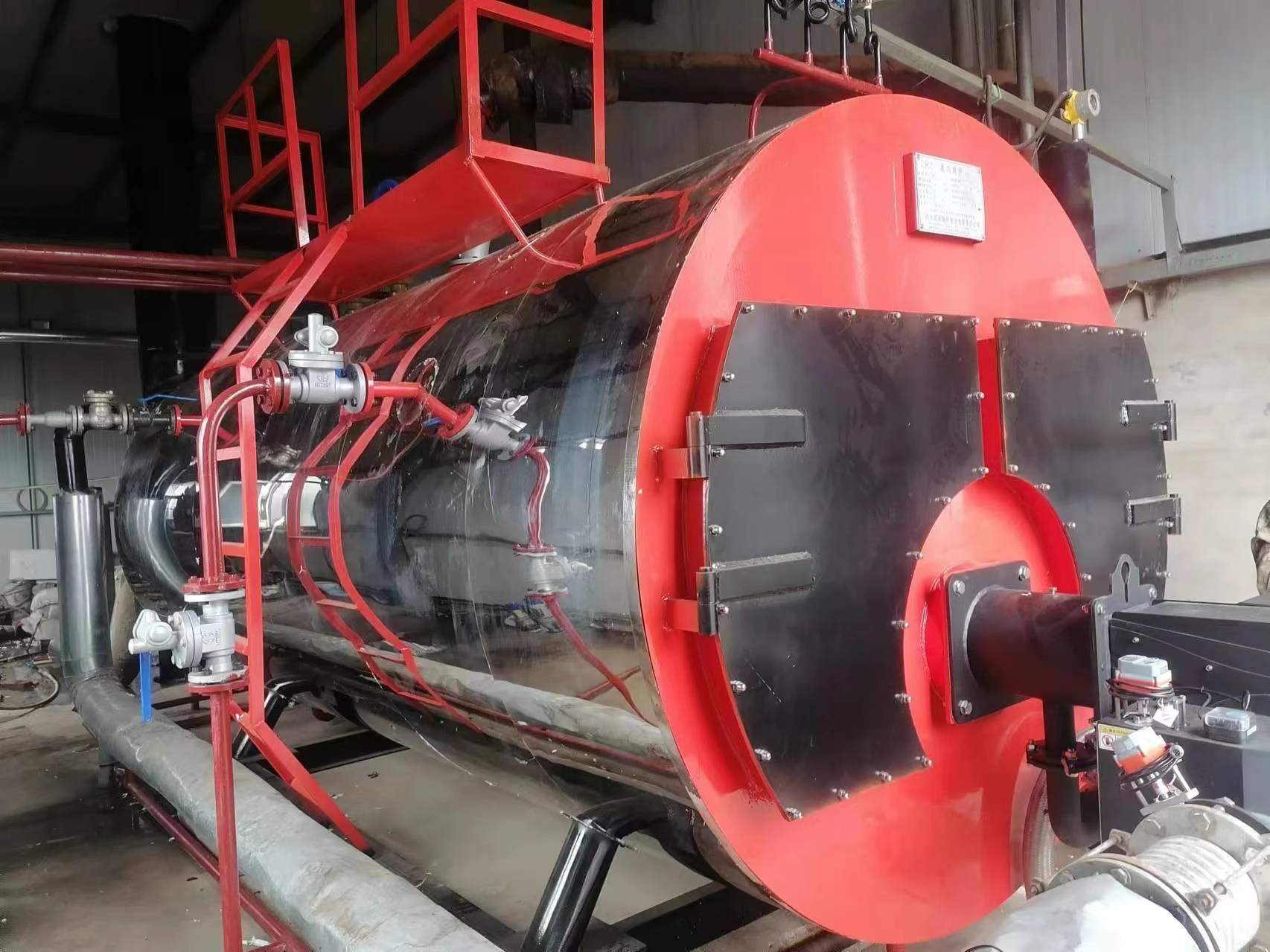
সেপ্টে. . 22, 2024 23:17 Back to list
different types of steam boilers
Different Types of Steam Boilers
Steam boilers are critical components in various industries, providing essential steam for heating, power generation, and numerous applications. Understanding the different types of steam boilers is essential for selecting the right equipment for specific operational needs. Here, we will explore several common types of steam boilers, highlighting their unique features and applications.
1. Fire-Tube Boilers
Fire-tube boilers are among the most common types used in various industries. In these boilers, hot gases produced from combustion pass through tubes that are surrounded by water. The heat from the gases transfers to the water, generating steam. Fire-tube boilers are known for their simplicity, ease of operation, and lower upfront costs. However, they typically have a larger footprint and may not be suitable for applications requiring high pressure and steam output.
Water-tube boilers, in contrast, circulate water in tubes that are heated by combustion gases on the outside. These boilers are capable of producing higher steam pressures and can generate steam more rapidly than fire-tube boilers. They are commonly used in larger industrial applications where efficiency and space-saving designs are crucial. While they tend to be more expensive upfront, their efficiency makes them cost-effective in the long run.
3. Electric Boilers
different types of steam boilers

Electric boilers use electricity as their energy source to heat water and generate steam. These systems are gaining popularity because they have lower emissions compared to their fossil fuel counterparts. Electric boilers are ideal for smaller applications or where steam is needed intermittently. They have a compact design and require less maintenance, although their operational costs can be higher depending on the local cost of electricity.
4. Biomass Boilers
Biomass boilers utilize organic materials, such as wood chips, agricultural residues, or other biological matter, as fuel. They represent an environmentally friendly alternative to traditional fossil fuel-based boilers. Biomass boilers can be designed as either fire-tube or water-tube systems. Their versatility and renewable fuel source make them an attractive option for industries looking to reduce their carbon footprint.
5. Gas-Fired Boilers
Gas-fired boilers burn natural gas or propane to generate steam. These boilers are highly efficient and produce fewer emissions than oil-fired systems. They are commonly used in residential and commercial settings for heating and hot water supply. With advancements in technology, many gas-fired boilers now come equipped with modulating burners and controls that enhance efficiency and reduce energy consumption.
Conclusion
In conclusion, selecting the appropriate type of steam boiler is crucial for optimizing performance, efficiency, and operational costs. Each boiler type has its advantages and disadvantages, depending on the specific needs of the application. Whether it is a fire-tube, water-tube, electric, biomass, or gas-fired boiler, careful consideration should be given to fuel type, efficiency, and environmental impacts to ensure the best fit for the intended use.
-
Best Steam Boiler Design PDF Free Design Calculation & Diagram Downloads
NewsJun.10,2025
-
Hot Boiler Water Heater Efficient Heating Solutions for Home & Commercial Use
NewsJun.10,2025
-
Steam Boiler Safety Devices High-Quality Protection Valves
NewsJun.10,2025
-
Ultimate Steam Boiler Checklist for Safety & Efficiency
NewsJun.10,2025
-
Optimal Hot Water Boiler Temperature Setting Guide
NewsJun.10,2025
-
Effective Hot Water Boiler Chemical Treatment Protect & Maintain
NewsJun.09,2025
Related PRODUCTS






















